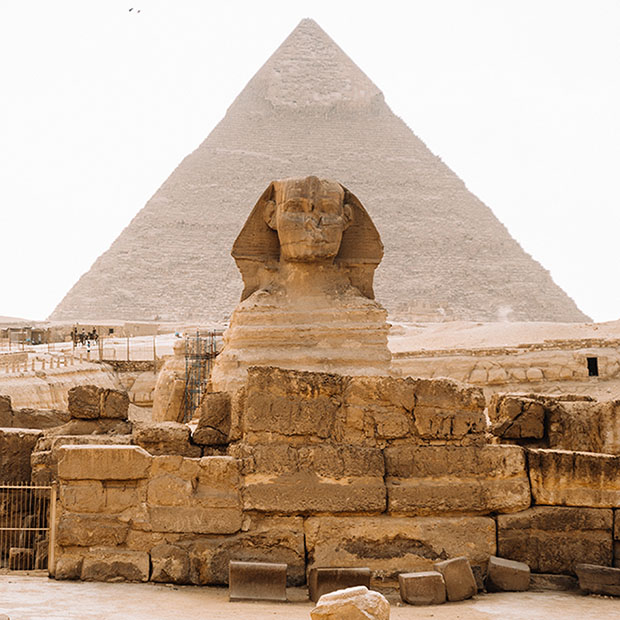History’s Weirdest Teeth Traditions

Many strange things lie buried in the history of dental care and hygiene.
We think these five traditions really stand out. (Although we don’t recommend any of them!)
1. Ancient Babylonians believed teeth-grinding was caused by demons. So, logically, the best way to fix it was by scaring the demons away, and to do that, they would sleep next to human skulls.
2. The ancient Mayans liked to bedazzle their teeth, drilling holes in them by hand and gluing gemstones to them with plant sap. This is incredibly dangerous because it can easily lead to breakage or infection.
3. In ancient Egypt, their treatment for toothaches included an ingredient we really don’t like: mice! It’s unclear whether their pain-killing ointment actually worked but we’d rather not find out.
4. Many Asian cultures once preferred pitch-black teeth over pearly whites. Into the late 1800s, wealthy women and samurai in Japan stained their teeth black, a practice called Ohaguro.
5. Rotten teeth became common among the sugar-addicted nobility in Early Modern England, but sugar was too expensive for the lower classes, so the only way they could achieve wealthy-looking smiles was by blackening their teeth with soot!
